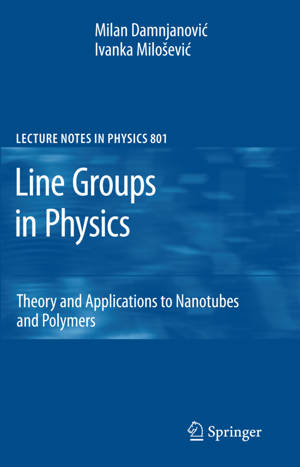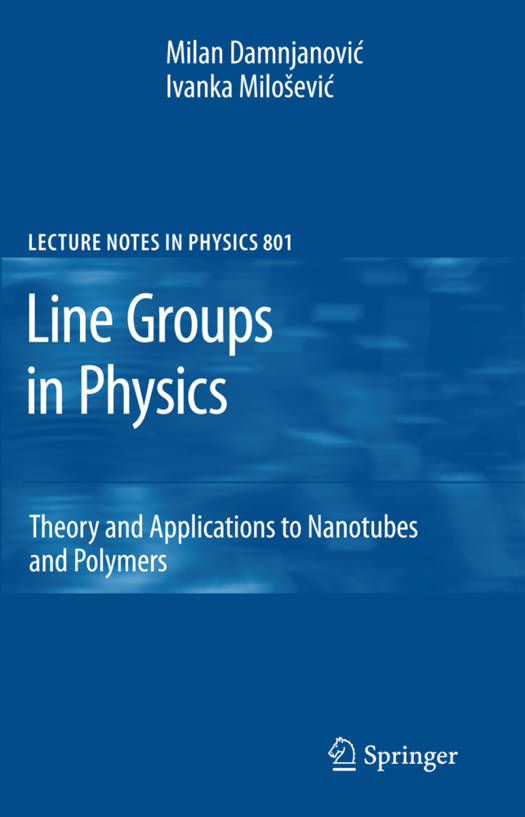
- Afhalen na 1 uur in een winkel met voorraad
- Gratis thuislevering in België vanaf € 30
- Ruim aanbod met 7 miljoen producten
- Afhalen na 1 uur in een winkel met voorraad
- Gratis thuislevering in België vanaf € 30
- Ruim aanbod met 7 miljoen producten
Zoeken
Line Groups in Physics
Theory and Applications to Nanotubes and Polymers
Milan Damnjanovic, Ivanka Milosevic
€ 83,95
+ 167 punten
Omschrijving
Over last decades low-dimensional materials are in focus of physics and chemistry as well as of material and other natural sciences. Like Vitaly Ginzburg has foreseen 30 years ago, low dimensionality offers physical phenomena and properties unseen in three-dimensional world. To see how thin ?lms and monomolecular layers realize such a prediction it suf?ces only to observe intensity of research devoted to recently synthesized graphene. Still, quasi-one-dimensional compounds are over long period established as the origin of the most important and most interesting discoveries of material science and solid state physics. To mention only deoxyribonucleic acid, the most important molecule in nature, and diversity of nanotubes and nanowires, the cornerstones of the present and future nanotechnology. Line groups, describing symmetry of quasi-one-dimensional materials, offer the deepest insight to their characteristic properties. Underlying many of the laws, they are very useful, but far from simple. This book is intended to explain them, their properties, and their most common applications. In particular, it is important to understand that the line groups are much wider class of symmetries than the well-known rod groups. While the latter describe only translationally periodical objects, line groups include symmetries of incommensurate periodical structures.
Specificaties
Betrokkenen
- Auteur(s):
- Uitgeverij:
Inhoud
- Aantal bladzijden:
- 200
- Taal:
- Engels
- Reeks:
- Reeksnummer:
- nr. 801
Eigenschappen
- Productcode (EAN):
- 9783642111716
- Verschijningsdatum:
- 3/05/2010
- Uitvoering:
- Paperback
- Formaat:
- Trade paperback (VS)
- Afmetingen:
- 152 mm x 226 mm
- Gewicht:
- 294 g

Alleen bij Standaard Boekhandel
+ 167 punten op je klantenkaart van Standaard Boekhandel
Beoordelingen
We publiceren alleen reviews die voldoen aan de voorwaarden voor reviews. Bekijk onze voorwaarden voor reviews.











